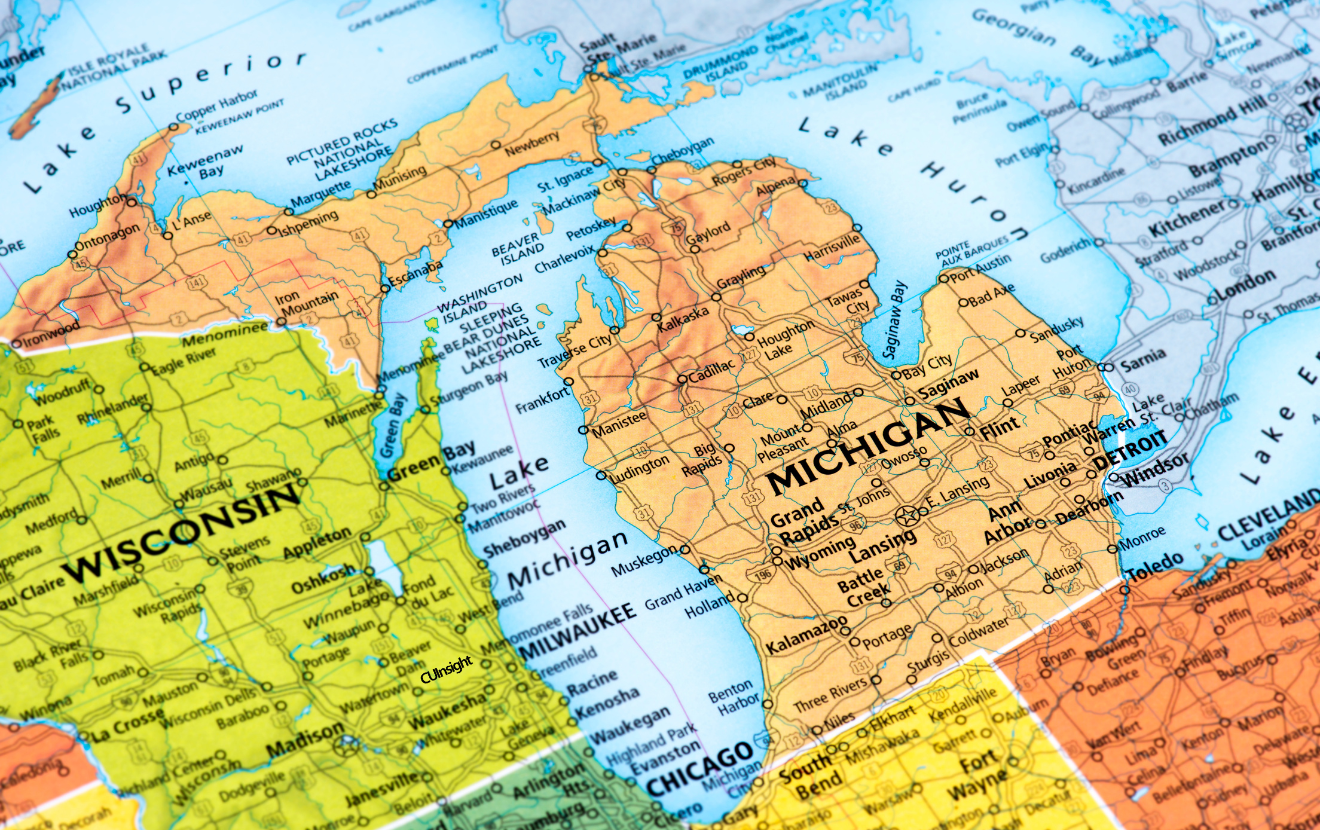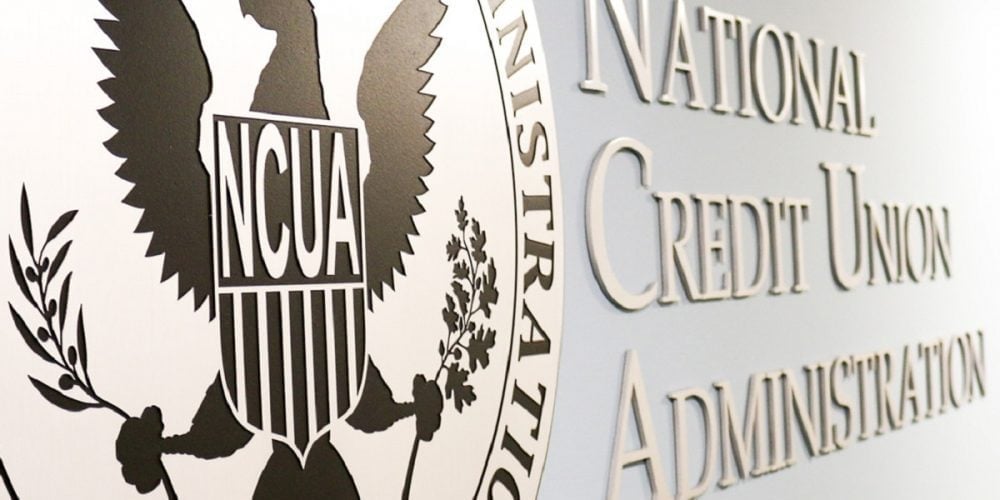Banking is transforming more than it has in generations — but you already know that. Not only are there new competitors in the space – neobanks, alternative financial firms, and fintechs – but low interest rates make lending more challenging with increased competition.
Everything seems to be eating into your margins.
And that’s before we talk about the digital shift that’s happening.
But don’t look at this pivotal time as a threat, see it as an opportunity.
Credit unions that translate live, personal service effectively into digital channels will be in the best position to capitalize on the upside of the biggest disruption to visit our industry in 50 years.
Since the introduction of the ATM, technology in banking has been applied generally to replace people with automation in the name of self-service. But a new approach among credit unions deploys technology to give consumers what they want at the very moment of need: a live, local person who can resolve their questions and concerns at the first point of contact without being forced to dial into a call center, re-authenticate identity, remember the account number in question, and verbally describe the details of the problem from scratch.
I’m talking about actionable conversations between real human beingsinsideyour online and mobile banking channels.
This new approach restores your relationship-based financial model and extends it into your digital ecosytem — bringing the experience your members receive at the branch, right to their digital channel of choice.
Better yet, by eliminating the need to re-authenticate in separate channels, this new approach can reduce call volumes by 20% without adding support staff.
It Starts at The Financial “Moment of Need”
Roughly 75% of Americans say they live “paycheck-to-paycheck.” For them, there is no such thing as a “small money problem.” One unfamiliar transaction or one unexpectedly low balance can feel like a disaster in the making.
In this context, your members don’t want to navigate the convoluted menus of an Interactive Voice Response (IVR) system or, heaven forbid, spar with a soulless chatbot that can’t understand, much less intuit, what your member needs.
In a financial moment of need, consumers prefer personal service. And this is true across all ages and incomes.
In the golden era of analog banking, high-quality, in-person branch service was always preceded by the inconvenience of the time required to get to the branch—since all moments of need happen outside the branch.
Today, however, waiting in line at a branch, cursing at chatbots, and screaming “RE-PRE-SEN-TA-TIVE!” at IVRs are no longer necessary prerequisites to proper service and resolution. Instead, members can get what they want (access to real people) when they need it most while perusing balances and transaction details inside digital banking, where most moments of need arise.
Even better, for most community credit unions, these new digital conversations are being fielded on-demand by the very same people staffing the branches.
To this end, branch strategy and digital strategy are no longer mutually exclusive; they’re directly linked in one fluid member experience.
We call this the moment of need to moment of resolution (MON2RES) and it’s the new key performance indicator (KPI) of this digital banking age.
What Is MON2RES?
MON2RES rules and subsumes all other KPIs out there: It’s all about the time that elapses between the moment of need and the moment of resolution.
Think about it. What was the best MON2RES in the golden age of branch banking – 30 minutes, 1 hour? It really depends on how close you were (are) to the branch and whether/when you can free up your schedule to go. It might also depend on when you call, who’s available, and how long you must remain on hold or await a call back.
What is the best MON2RES today for mega banks that force members to exhaust the limits of self-service systems, like IVRs and chatbots, before reluctantly revealing options for personal service – 5 minutes, 15 minutes? Let’s table the rage and gnashing of teeth that result from the bad UX for now.
The bottom line is that community financial institutions can now deliver MON2RES on-demand. This is not only historic, but it’s also strategically critical. And for serving small business relationships, it’s a gamechanger.
How Trust Turbo-Charges the Speed of MON2RES
Credit unions have always had a secret weapon: trust. It’s the bedrock of relationship banking, and it’s an advantage that community financial institutions can now lever digitally in a measurable and powerful way.
After the member has alerted the credit union to a moment of need—and before that need is resolved—there must be an acknowledgment of the need.
For trusted institutions, acknowledgment is a de facto resolutionpsychologically speaking. This means that in addition to the new technology that dramatically shortens MON2RES technically, the presence of trust creates a digital UX that effectively delivers resolution in real-time.
This is the way forward for credit unions in the era of mega banks, big techs, and fintechs. This is the answer to automation for the sake of automation. And this is how community credit unions safeguard themselves and the communities they anchor.







